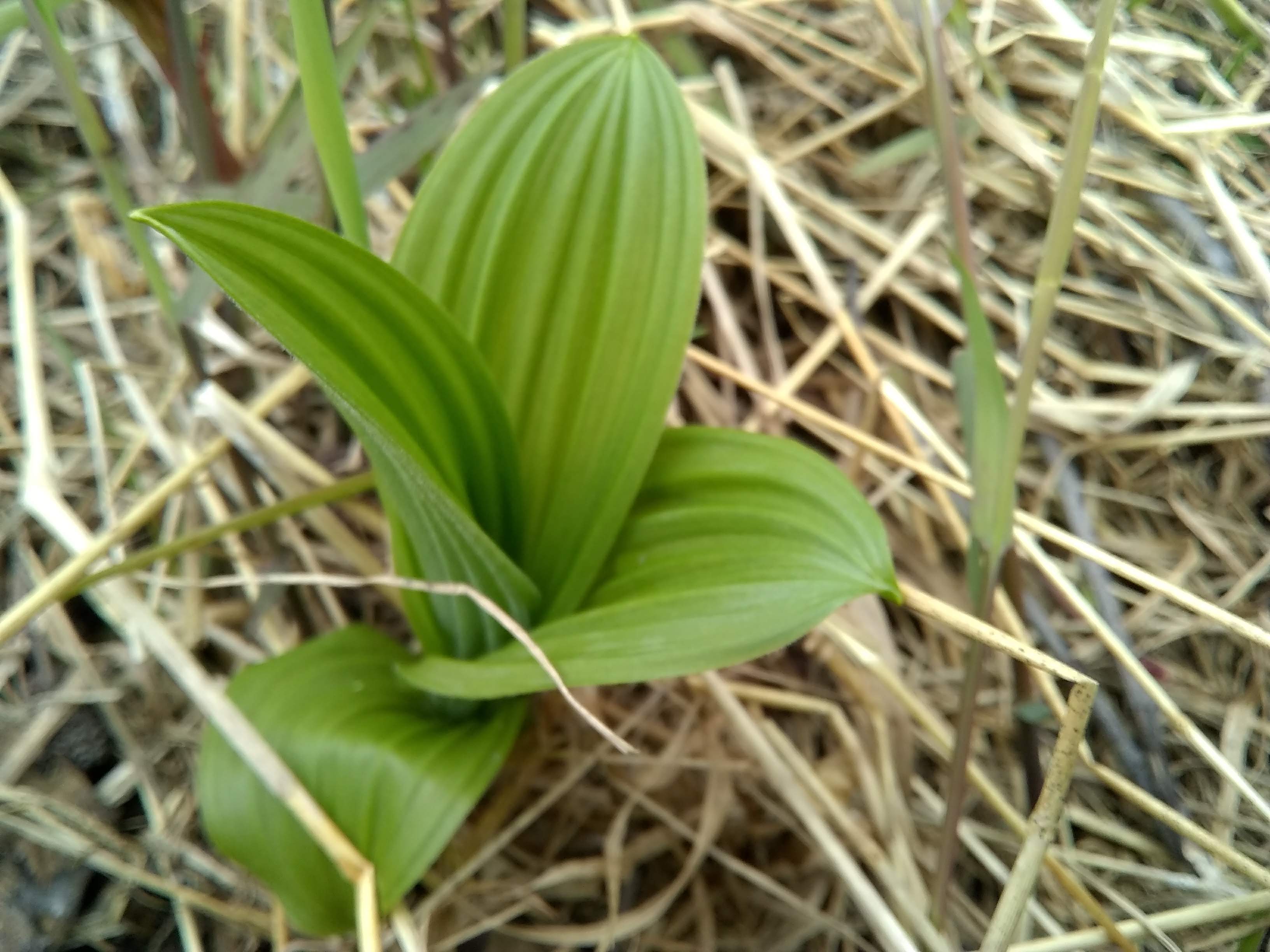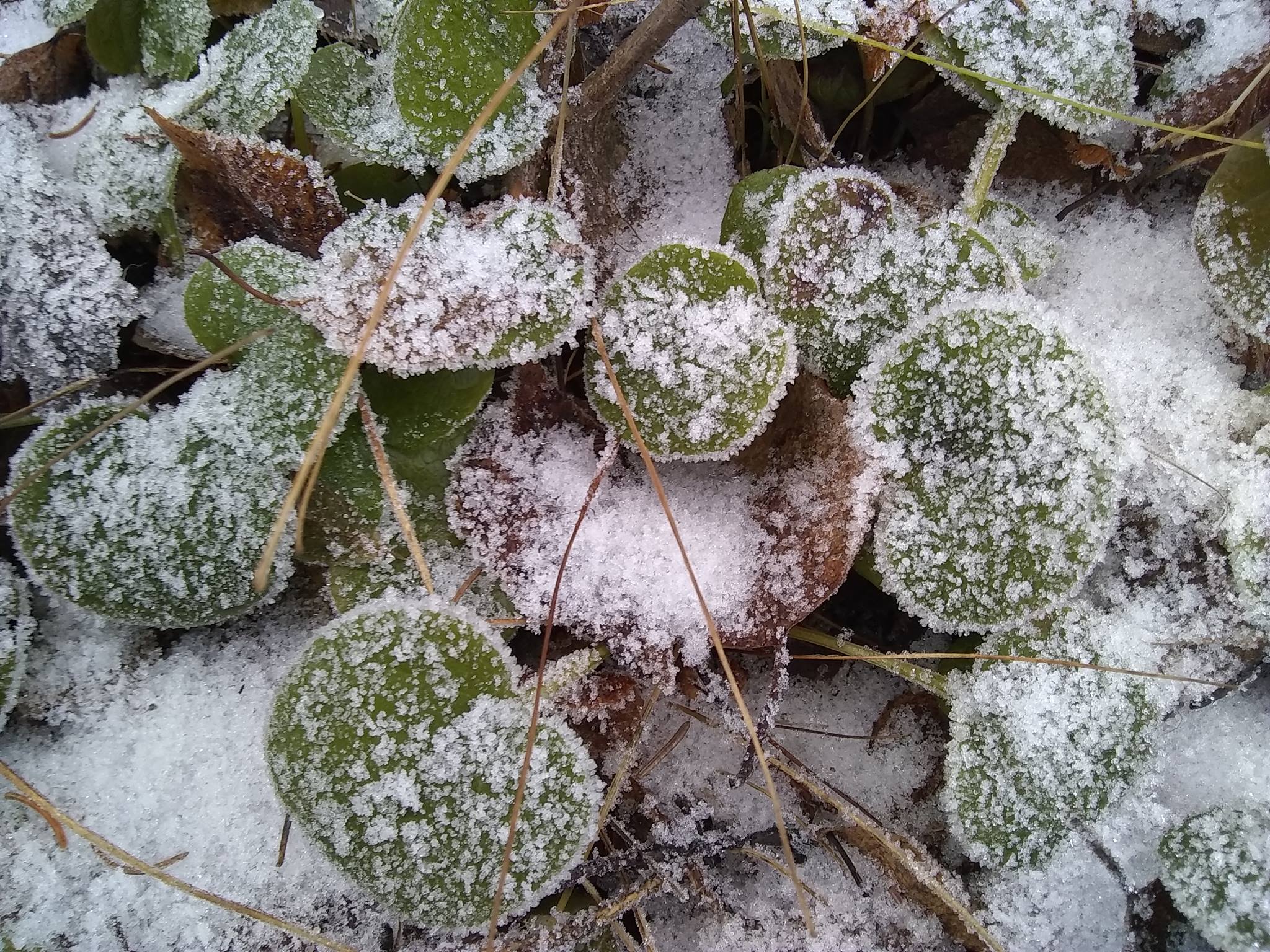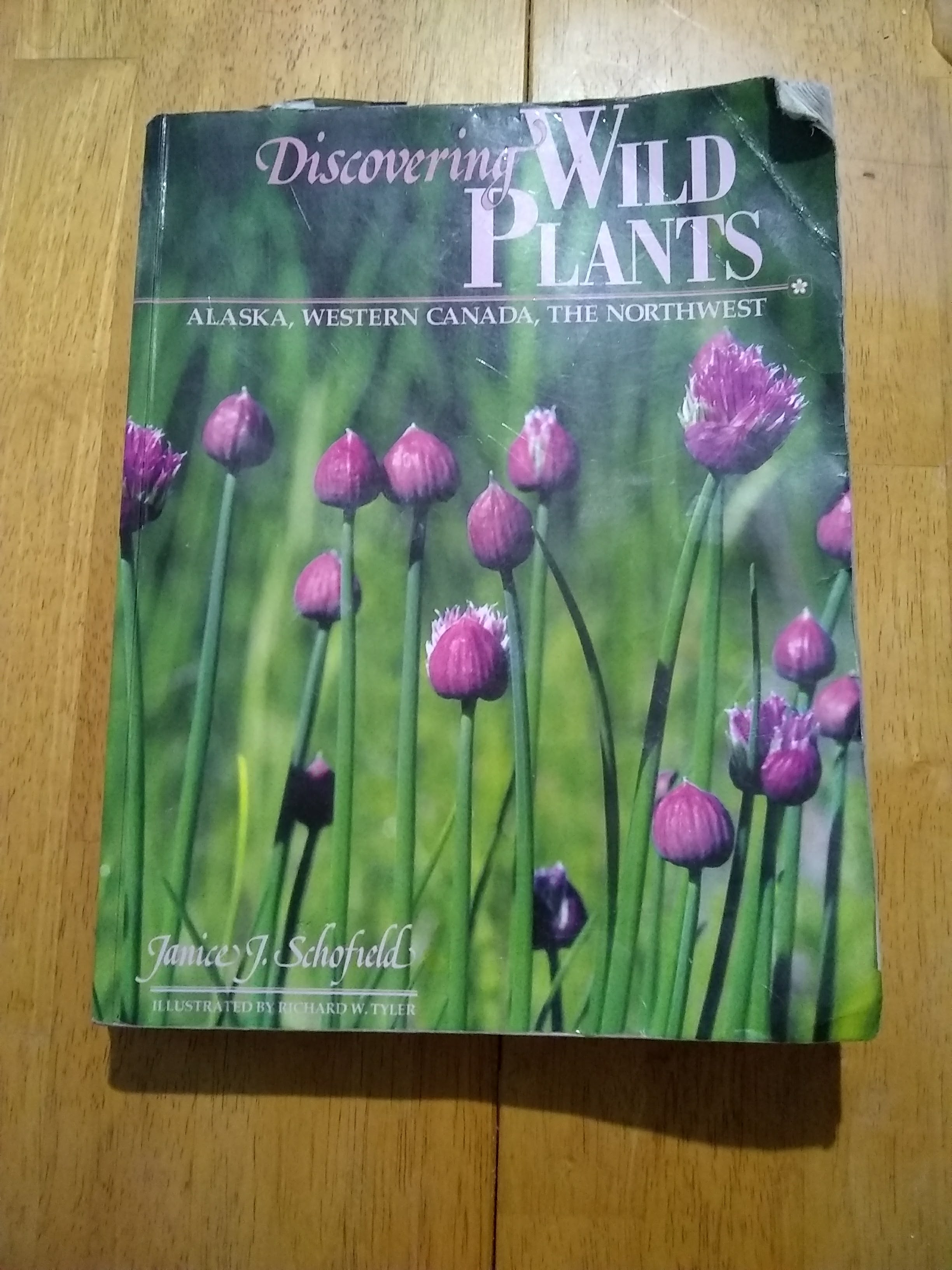Hi there! Last week in my beginners class to harvesting, I went over a list of common poisonous Alaskan plants to avoid. I even included a couple that have uses, but they have properties that make it a nuisance while out hiking or harvesting. But this week, I’m going to focus on the deadly ones that you don’t want to mess with.
The above link is an affiliate link. By clicking on it, Alaska Herbal Solutions may get a small amount of money at no cost to you.
Deadly Poisonous Alaskan Plants
Monkshood
While this is pretty, monkshood is extremely poisonous due to the alkaloids it contains. Also known as wolfsbane, it has been reported that hunters would poison the tips of their arrows to kill wolves. The concentration is different from place to place – try not to touch as there have been reports of people being poisoned from touching the plant then later they touched their lips. Soon after, they were having problems.
Delphinium

Delphinium is in the same family as Monkshood. This one is even more dangerous, especially when the plant isn’t flowering as the leaves look very similar to geranium.

False Hellebore
You can get a rash just from handling False Hellebore. The poison in this one is a multitude of alkaloids. It is said that after a hard frost, the alkaloids are rendered harmless. The shoots can be mistaken for twisted stalk, swamp cabbage, or wild onion. So unless you ABSOLUTE positive identification, leave those shoots alone.

Death Camass
Death camass can be confused with wild onions, especially when the shoots are just coming up. You can tell the difference because there is no onion smell when you bruise the leaves. When flowering, it is easy to tell the difference because the camas has greenish-white six petaled flowers while the onions are purple to creamy-white but in umbrella like formations. The alkaloids that it contains will cause over-salivation, vomiting, muscle weakness, decreased body temp,and up to death (hence the name). Unlike monkshood, where you can touch it, then touch your lips and have problems, death camass does seem to have to eaten.
Wild Calla

Wild calla does have some uses, but preparing the plant or fruit for use takes a lot to render the calcium oxalate crystals useless. It is recommended to dry and boil the leaves plant before eating. However, if you don’t do that, it will burn your mouth and throat. In my opinion, it’s better to seek food elsewhere.
Baneberry

The leaves and roots have medicinal uses, so this plant is not all bad. The berries themselves are the highly poisonous part. They can be either white or red. To distinguish the red berries from others, look for the “eye”, as the black dot kinda looks like a pupil of a doll. These berries are also very shiny, like they’ve had varnish put on them. However, these berries are HIGHLY bitter, so it’s unlikely you’ll mistake eating a second one. Still, make sure you have positive identification. Six berries alone can make a person sick, literally throwing up. It can also cause death due to heart attack. If you mistakenly eat one of these berries and it doesn’t make you throw up, induce vomiting yourself.
Poison/Water Hemlock

Poison and water hemlock looks suspiciously like Angelica, as well as other plants like Since they can grow in similar environments, positive identification is a must. There have been reports of poisonings when people have made flutes of the stalk, or from smoking the leaves. I do not harvest Angelica up here because there are reports of it cross-breeding with poison and water hemlock. In that case, I buy from a trusted source the parts I need.
Bog Rosemary

This plant, though cute, is poisonous if eaten. It grows in boggy areas and can be mistaken for the Labrador tea that grows in similar conditions. You can tell them apart by looking at the underside of the leaves. Labrador tea will have fuzzy orange for the older growth leaves and fuzzy white for the newer growth. Bog rosemary leaves will curl under way more than Labrador tea does. If you crush the leaves between your fingers and it doesn’t have a distinct smell, you have bog rosemary. Labrador has a wonderful smell that is very noticeable.
Plants that have other uses, but can bite back
Devil’s Club
Cow Parsnip
Stinging Nettle
I’ll go into more detail in an upcoming post of how each bites back.
Disclaimer: this information is not meant to diagnose, treat, or cure any disease. It is informational only.





Thank you for the information. I truly enjoyed reading this and look forward to more.
Ann, you are so welcome! I’m glad I was able to help and look forward to helping you in the future!